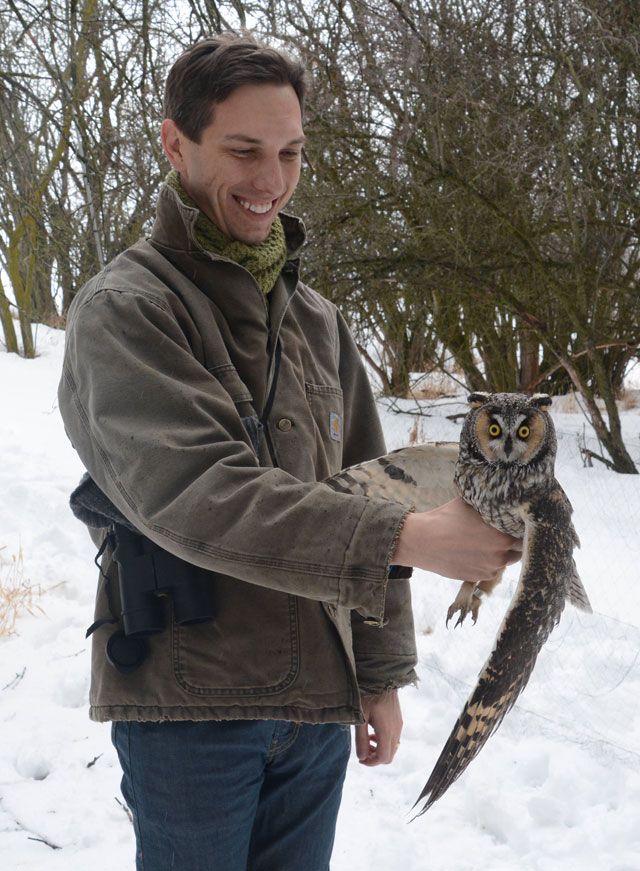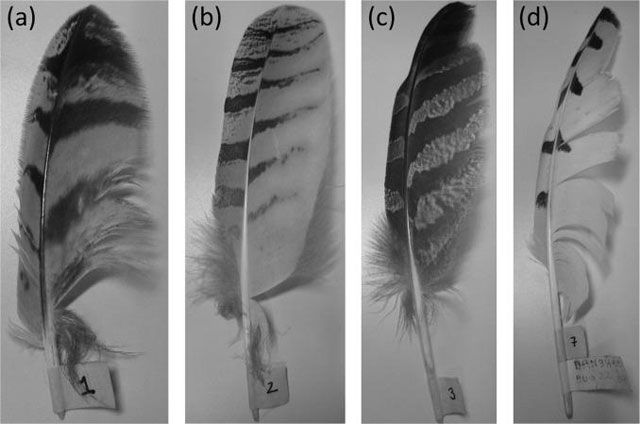Lehigh's Justin Jaworski part of a team looking to improve the design of planes, cars and underwater vehicles.
Many species of owl are able to hunt without being heard by their prey by suppressing the noise of their wings at sound frequencies above 1.6 kilohertz (kHz) — including the range at which human hearing is most sensitive.
A team of researchers is studying the acoustics of owl flight in an effort to pinpoint the mechanisms that achieve this virtual silence. Their goal is to improve man-made aerodynamic design of wind turbines, aircraft, underwater vehicles and even automobiles.
The team includes Justin Jaworski, assistant professor of mechanical engineering and mechanics at Lehigh.
Through physical experiments and theoretical modeling, the team has succeeded in using the downy canopy of owl feathers as a model to inspire the design of a 3D-printed wing attachment that reduces wind turbine noise by a remarkable 10 decibels without impacting aerodynamics.
The researchers have further investigated how their design can reduce roughness as well as trailing-edge noise. The trailing back edge of a wing or blade, says Jaworski, is the predominant source of noise generated by an object passing through the air. Trailing-edge noise is prevalent in low-speed applications.
The ability to reduce wing noise has implications beyond wind turbines, as it can be applied to other aerodynamic situations such as the noise created by air seeping through automobile door and window spaces.
The group is publishing its results in two forthcoming papers – “Bio-inspired trailing edge noise control” in the American Institute of Aeronautics and Astronautics Journal and “Bio-inspired canopies for the reduction of roughness noise” in the Journal of Sound and Vibration.
The researchers—from Lehigh, Virginia Tech, Florida Atlantic University and the University of Cambridge—looked at the velvety down that makes up the upper wing surface of many large owls. This physical attribute, which is unique even among birds, contributes to owls’ noiseless flight.
Read the full story at the Lehigh University News Center.
-Lori Friedman is a Director of Media Relations with Lehigh University's Office of Communications and Public Affairs.


